Choosing the right blank for crankbait fishing is essential. Discover the characteristics to take into account and the best choices of blanks to optimize your performance in this fishing technique.
Power fishing is an approach to predator fishing that is often very productive. The principle is to seek out active fish and offer them a reaction lure with the aim of triggering an immediate strike. You'll cover a lot of ground fairly quickly with fast fishing.
This technique uses a variety of lures, but the king of power fishing lures is the crankbait.
Of course, crankbaits are most effective when the fish are active, i.e. in the warmer seasons, but they can also be used in winter when the water is cold, as they can trigger apathetic fish into a strictly aggressive reaction. It's also a very versatile fishery, catching all predators with crankbaits: Pike, Perch, Chub, Catfish, Pike-perch, including salmonids (notably Asp) and also ciprinids (Asp, Ide Melanote for example), not to mention marine species.
To maximize the effectiveness of this fishing technique, manufacturers have developed specific blanks. Generally speaking, these blanks are fairly flexy at the tip, in order to dampen vibrations and avoid tiring the angler too much, while still allowing you to pull hard on the lure and then on the fish that has seized it.
In general, these specific blanks bear the letter CB (for Crank Bait) in their part number, but other blanks may also be suitable, depending on the angler's preferences, notably SJ (Spin Jig), which often have the same characteristic (flex tip on big backbone), but with a slightly harsher behavior, which some may prefer.
Let's take a look at how we can help you make the right choice of blank for this specific and often so productive fishery.

Which lures?
Although the most common lures for power fishing are cranks, you can also combine them with lures such as Lame, Lipless, Chatterbait, even some minnows or the spinner.
These lures all have one thing in common, apart from being very aggressive, they stir up a lot of water for their size, pull quite hard on the rod and vibrate a lot. Using these lures with an unsuitable blank is unpleasant, even counter-productive.
As we often hear the question "how to choose a crank blank", we've put together a quick guide to help you make the right choice.
The following grid will help you select the right type of blank for each program.
|
Lure
|
Swimming depth
|
CB suitable?
|
Comment
|
Suggestion other
|
|
Crank
|
<2m
|
Possible
|
Little vibration, a CB blank will do but one with tip flex works too
|
Blank with flexible tip, type SJ at NFC
|
|
Crank
|
>2m
|
Perfect
|
The core target of CB blanks
|
Nothing else
|
|
Jerk Minnow
|
<2m
|
Possible
|
It works on jerks requiring little force to untwist, Megabass Vision type, the lure is quite free and will swim well, but we lack responsiveness of the tip at the strike
|
Blank with a soft but more reactive tip, type SJ at NFC
|
|
Longbill Minnow
|
>2m
|
Yes
|
It works well, but here too we might lack a bit of responsiveness on shoeing
|
Blank with soft but more reactive tip, SJ type at NFC
|
|
Lipless
|
All
|
Yes
|
Filters vibrations very well
|
Blank with soft tip may be suitable, SJ type at NFC, but much less pleasant
|
|
Blade
|
All
|
Perfect
|
The top
|
Nothing else
|
|
Chatterbait
|
All
|
Perfect
|
The Top
|
Blank with soft tip may be suitable, SJ type at NFC, but much less pleasant
|
|
Spinner
|
All
|
No
|
Too much flex at the tip, many misfires on shoeing, a spinner doesn't vibrate.
|
A blank with a soft tip and big heel is much better suited, type SJ at NFC.
|

What blank?
The lures listed above, which are all lures suitable for power fishing, will behave a little differently delon families. Offsetting a jerk minnow doesn't require the same action as pulling on a deep-diving crankbait. However, most of these lures have one thing in common: they vibrate a lot, so it's important to keep this in mind when making your choice.
The other factor that will influence your choice is the fact that some of these lures, whether big cranks or big spinners, pull quite hard on the rod. So you'll need a blank with a fairly pronounced backbone, in other words, power in the butt to "pull" without tiring and keep control of the strike.
The "typical" blanks are CB (Crankbait) blanks, which essentially respond to the need to filter the vibrations of lures... which vibrate, but also pull more or less hard on the rod. They are designed differently depending on the manufacturer and the techniques used (fiberglass or not, very progressive action or not, etc.), but they all have the same purpose: to pull on a lure that pulls hard in relation to its weight and dampen the vibrations it generates.
The best ones achieve this without degrading the sensations (bites and fight).
To help you choose the right "power fishing" blank (and not just crank), we've extended the range to include another profile (SJ, for Spin Jig). Your personal preferences, fishing conditions (environment) and the type of lures you use will all be factors that will guide you towards one or the other family.
For example, chatterbait or lipless fishing in a crowded environment may require a harder blank than a CB to get the lure out of the weeds. Or maybe your program is more oriented towards lipless/Minnow than crank/blade, in which case an SJ will be more responsive than a CB.
It's up to you to decide!
|
Decoy
|
Weight range to cast
|
Swimming depth
|
Model
|
|
Crank
|
From 3 to 12Grs
|
0 to 1,5m
|
NFC CB701 Delta
Rainshadow REVCB66-M
|
|
Crank
|
From 7 to 20Grs
|
2 to 4m
|
NFC CB704-IM
NFC CB704 Delta
Rainshadow REVCB76M
Phenix X11-B
American Tackle CB72-2/8-15
|
|
Crank
|
From 10 to 35Grs
|
3 to 5m
|
NFC CB704-SM
NFC CB705 Delta
NFC CB7106 Delta
Rainshadow REVCB70H
|
|
Crank
|
From 20 to 60Grs
|
4 to 6m and more
|
NFC CB706 Delta
NFC CB7106 Delta
|
|
Longbill Minnow
|
From 10 to 20Grs
|
0 to 4m
|
NFC CB704-IM
NFC CB704 Delta
Rainshadow REVCB76M
Phenix X11-B
American Tackle CB72-2/8-15
|
|
Shortbill minnow
|
From 10 to 20Grs
|
0 to 2m
|
NFC SJ705 or 706 in IM or Delta
American Tackle SJ68/6-12 or 8-15
|
|
Lipless, Blade, Chatterbait
|
N/A
|
All
|
A CB from the list above according to the weight to be thrown (comfort, open environments)
An SJ depending on the weight to be thrown (crowded environments, greater responsiveness)
NFC SJ705 or 706 in IM or Delta
American Tackle SJ68/6-12 or 8-15
NFC MB724 Delta
|

Article by Phil Cux.









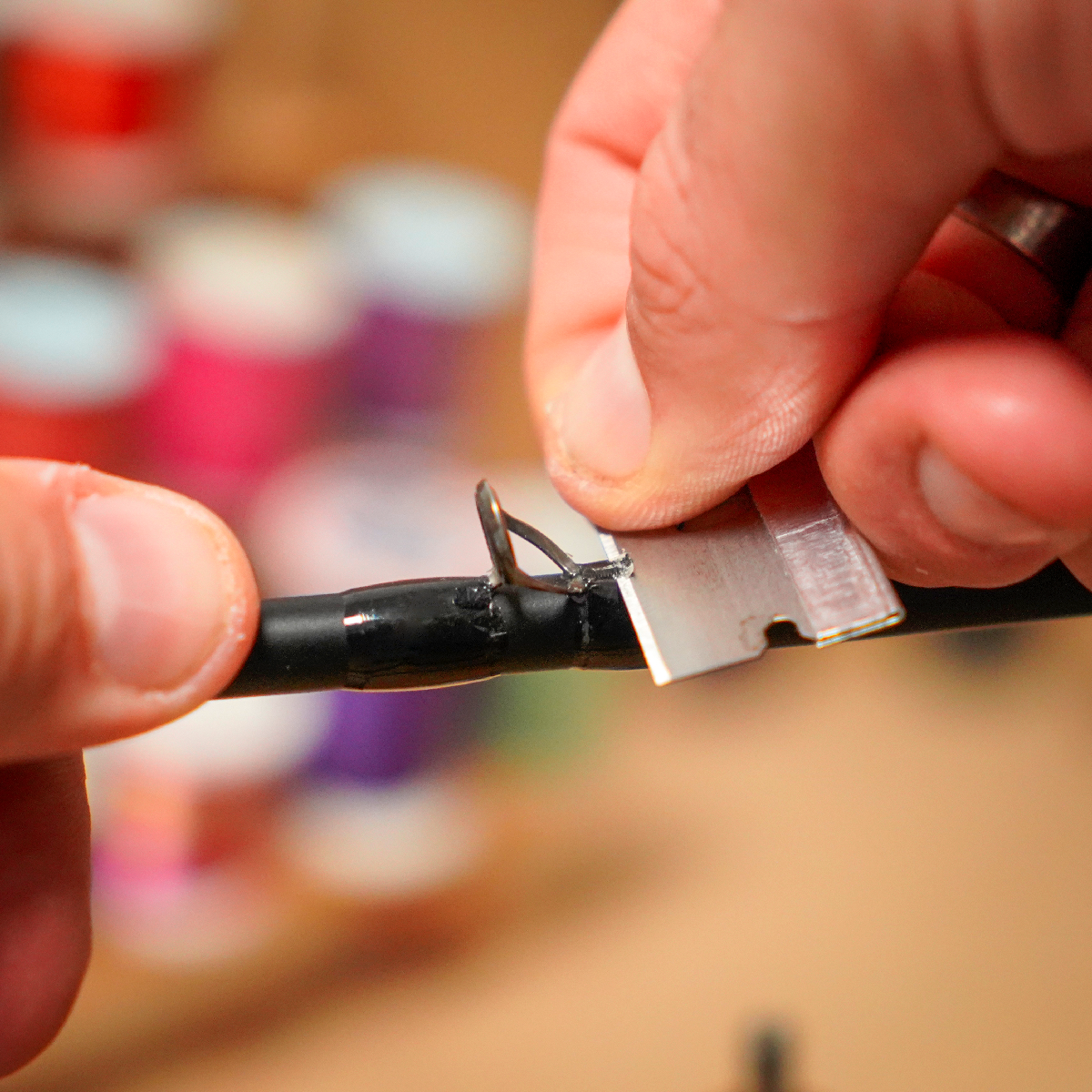

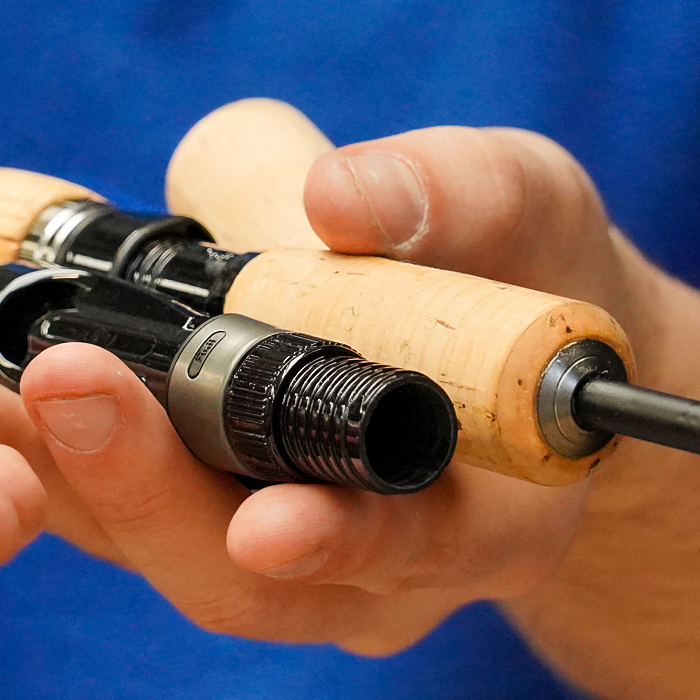
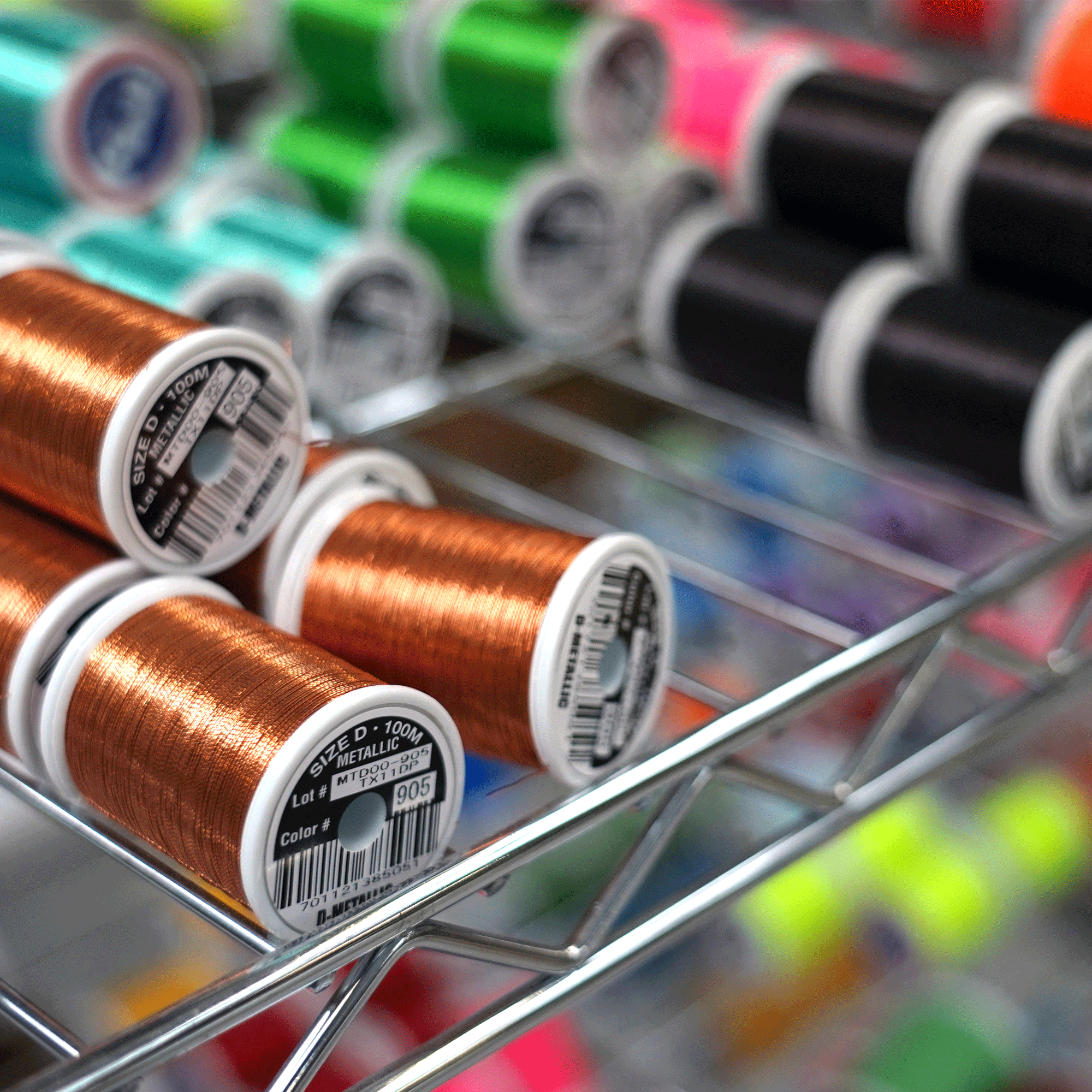
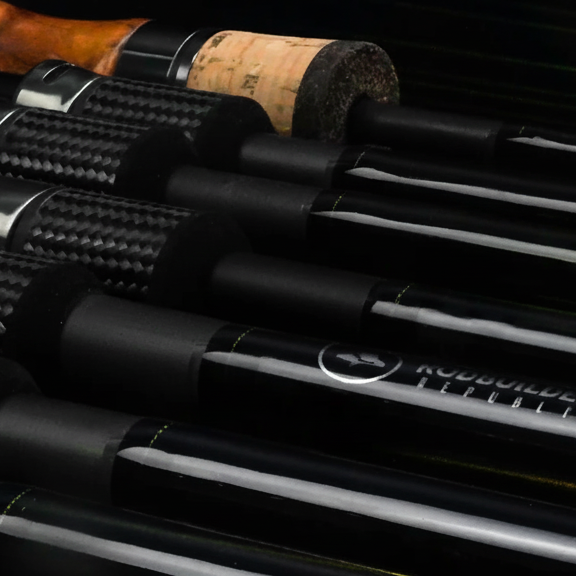
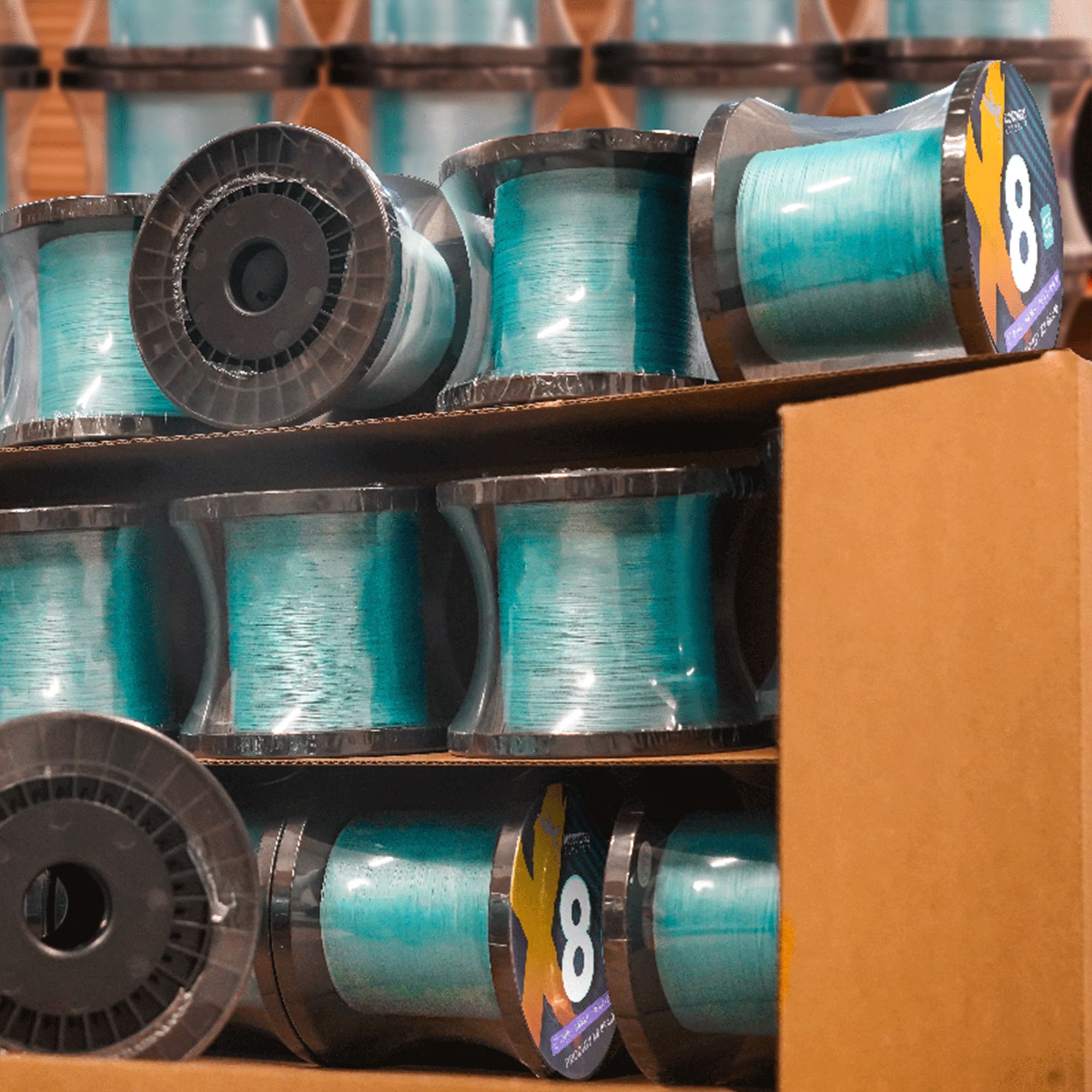
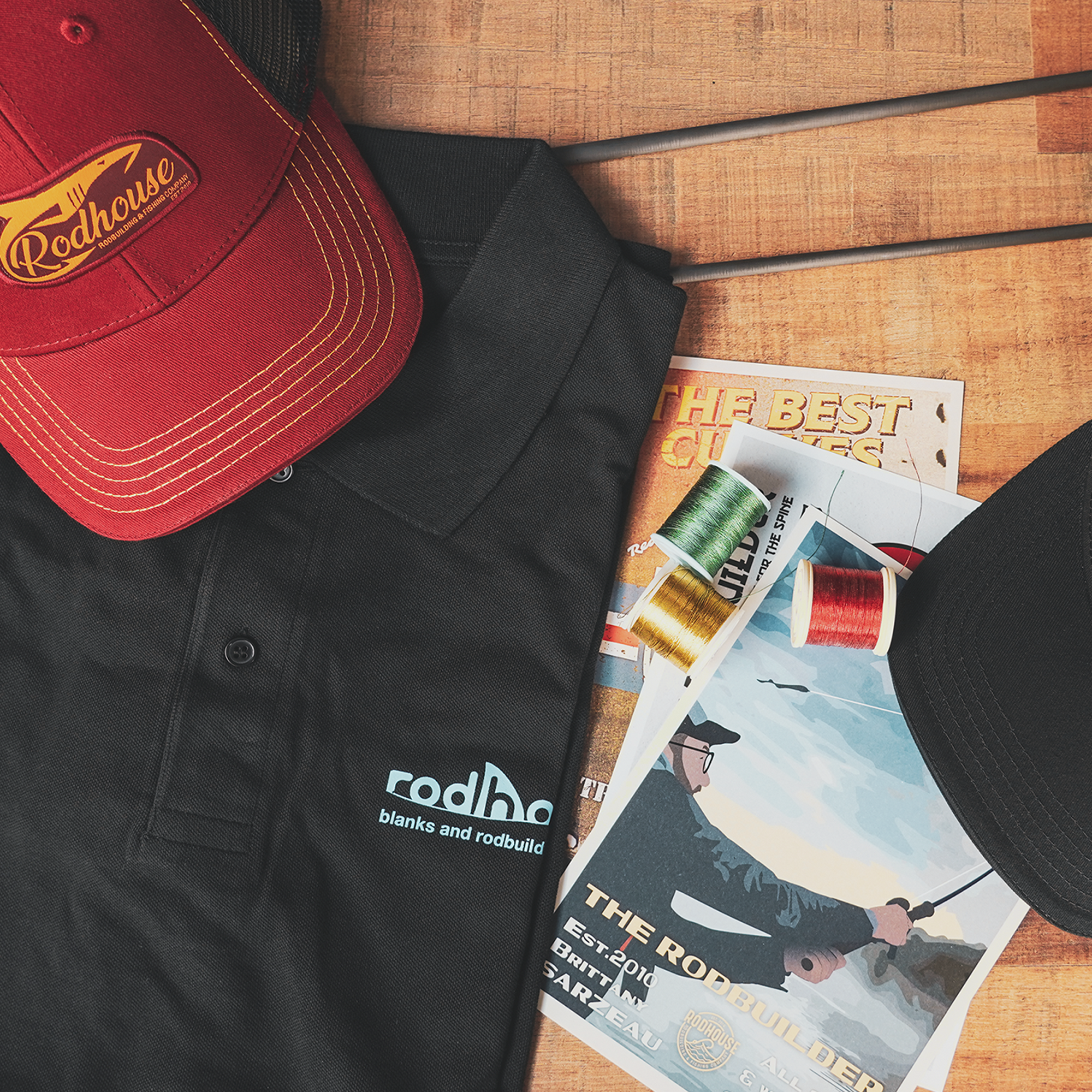
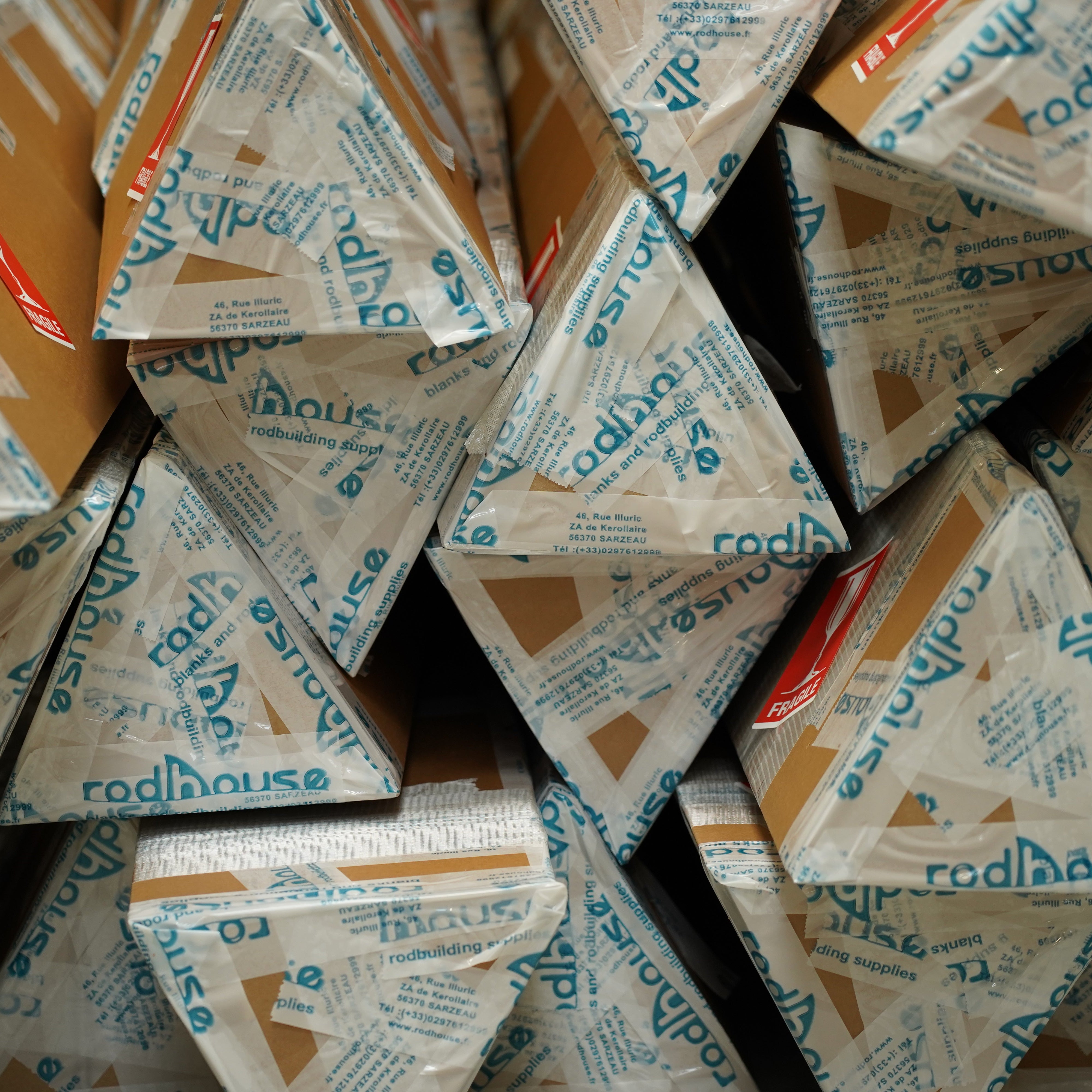
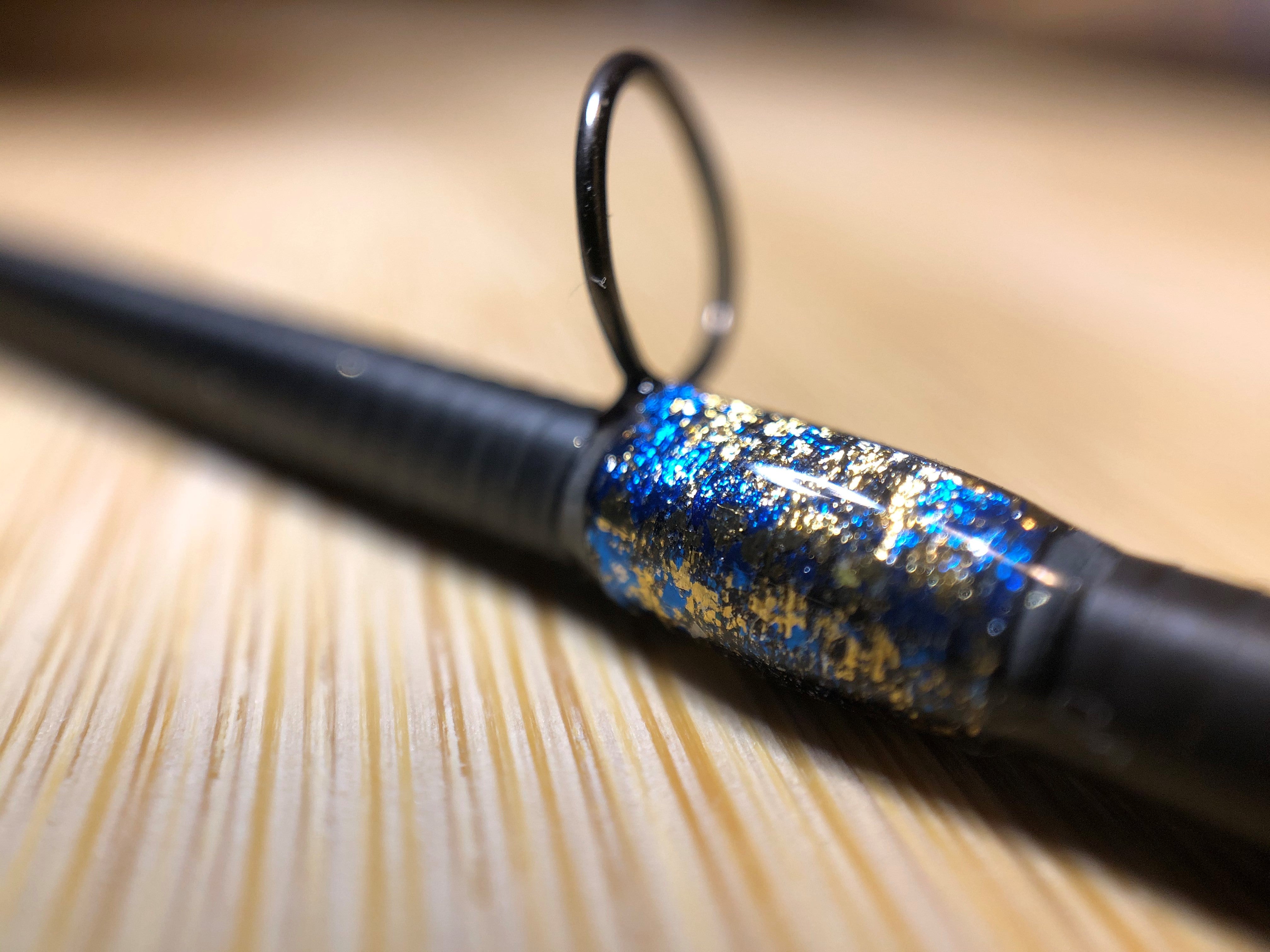
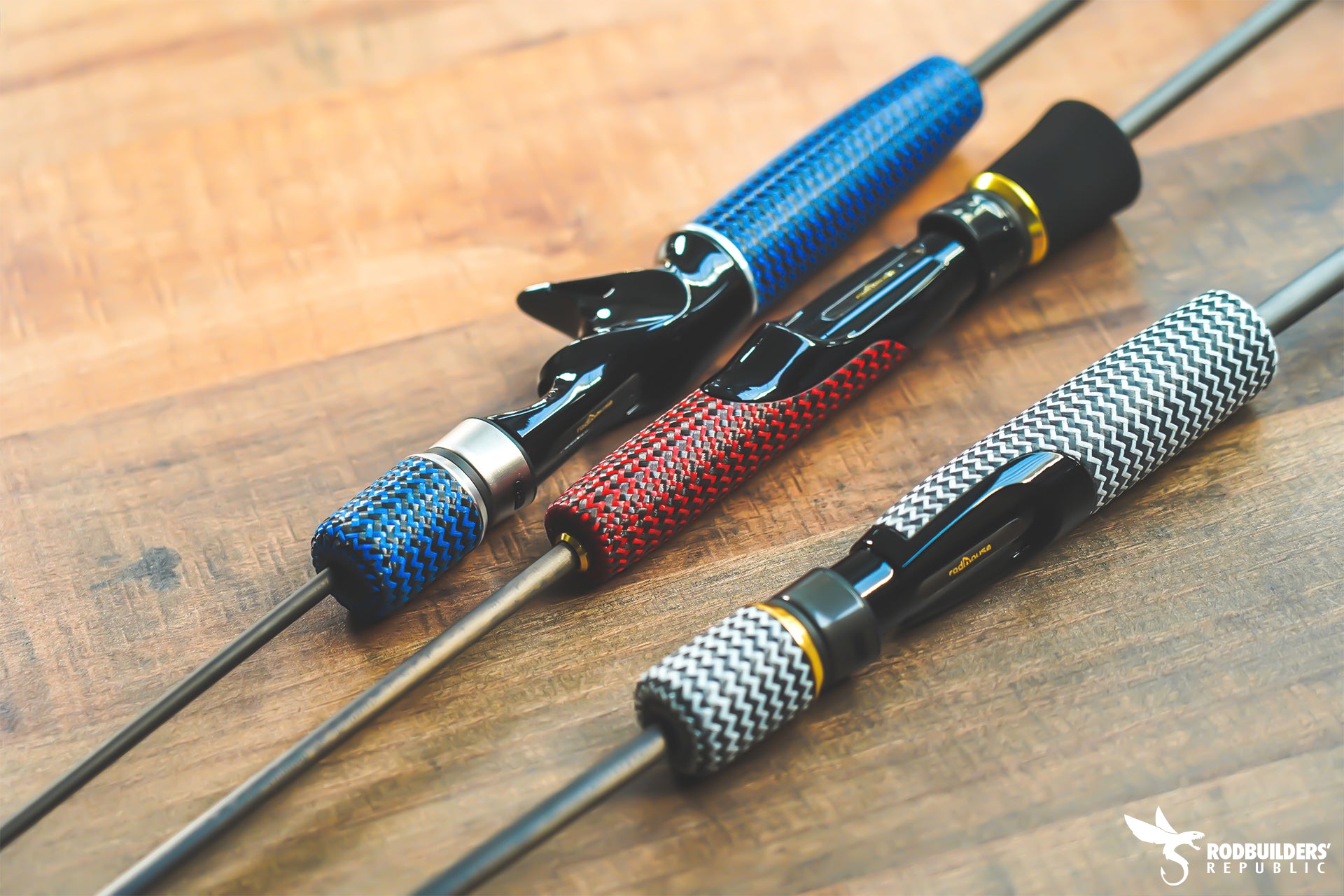
Leave a comment
All comments are moderated before being published.
This site is protected by hCaptcha and the hCaptcha Privacy Policy and Terms of Service apply.